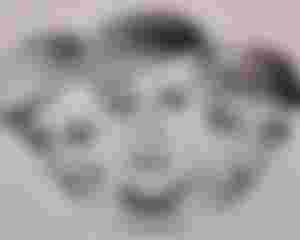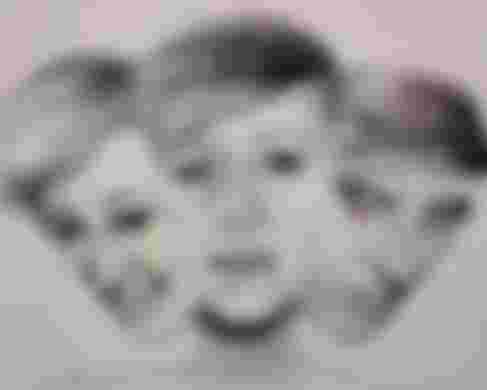
Dissociative identity disorder (DID) or:
Which we call demon possession. Dissociative Identity Disorder or DID is the manifestation of two or more personalities in a person. DID is a state in which a person thinks of himself as separate from his true identity and a new entity emerges. Usually related to various mental problems. There is a tendency for girls to be 6 times more than boys. Since the 20th century, with the increase in the number of patient diagnoses, the number of more entities has also increased. The primary identity of a person under the influence of an isolated entity is that the entity in his name remains inactive, dependent, frustrated. Many patients with DID have a history of bipolar disorder in the past.
The chief physician of the Salpetria Hospital in Paris. Jean Martin was the first to discover Charcot disease. He named it history-epilepsy because of its similarity to hysteria and epilepsy.
Symptoms:
The symptoms of DID patients are very unusual. Initially and in most cases 2-4 entities are present, but the infected person can live with up to 100 isolated entities.
1. The presence of many entities in the individual. The patient is dominated by entities and many call it a ghost. The patient speaks in different gestures. It can be a completely different entity and emergence, it can be any race, religion, gender.
2. The patient always feels restless, isolated entity influences.
3. Memory Problems The patient cannot remember anything from one entity to another.
4. Everything from one entity to another entity feels different to the patient.
5. Different phobias can lead to fear most of the time.
. Problems with sleep: Walking in sleep, fear, insomnia.
. There is a tendency among the patients to take drugs and inflict physical pain on themselves.
. Many of these patients make horrible decisions, such as suicide.
Why this disease occurs:
Many a night, in the middle of the day, it can happen if you walk around the field in the forest. No, brother, there is no reason for this. One of the causes of this disease is considered to be a major trauma of childhood. About 90 percent of cases involve childhood trauma (although little research has been done), otherwise it is linked to war or health problems. Excessive physical and mental abuse in childhood has a special role, especially sexual harassment, accidental loss of a loved one, etc. Hereditary factors also play a huge role. According to gresbretch, however, there has been no research on past traumatic events, but rather problems with the individual's neuropsychological functioning, which has been attributed to behavioral problems in contrast to different social emotions and contexts. In special circumstances, trauma can disrupt the neural mechanisms associated with memory. DID patients have a lack of attention and memory-related consciousness that divides parts of their memory. Patients also often undergo alternative neuroanatomy. . Individuals with trauma are more sensitive to stimuli that are present in the brain to stimulate different self-regulation, which increases their risk of DID. Thus DID can be said to be related to both past trauma and neural mechanisms.
Treatment:
There is no significant treatment for this disease. However, in special cases different types of therapy are used such as: CBT, DBT, EMDR. There are certain medications used to cure certain symptoms. In addition to seeking medical advice almost every week, the treatment of this disease requires a very long time. The International Society for the Study of truama and dissociation has recommended treatment in three stages. The first stage of which is to get rid of the symptoms and mental distress. Also arrangements to keep the patient safe. Maintaining a good relationship between the patient and the family members and the patient's participation in the activities of daily life. The second stage is to remove isolated beings and bring them into the activities of an entity with memories and experiences. The third stage is counseling for the patient's normal activities.

I have written some articles to know about some of the beautiful things for newcomers. I can know a lot more